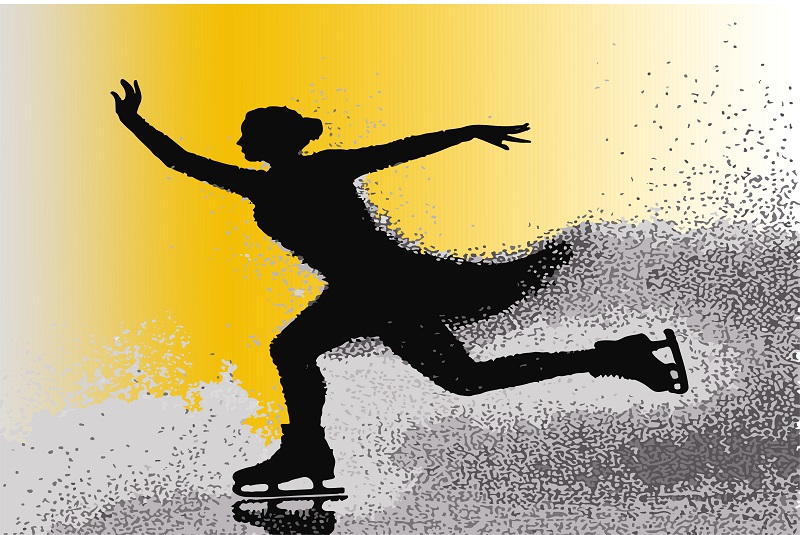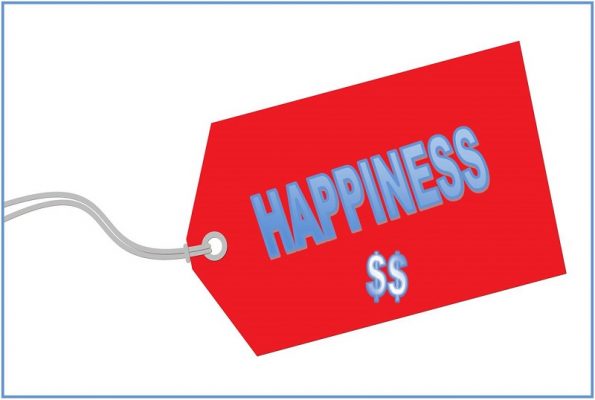Psychology
Bob Rich’s Self-Therapy Guide: Flow
In this series, Dr. Bob Rich teaches you how to leave behind depression, anxiety, and other forms of suffering all too common in our crazy world. Recovering the Self published three sections of Bob Rich’s book From Depression to Contentment: A self-therapy guide in a series of posts – the first section ending with the quest for meaning and the second section concluding with The Development of Resilience.
The third section of Bob’s work was marked by special attention to various techniques and practices that are helpful in controlling depression. It concluded with a discussion on values and their implication in therapy. Bob now shares the final section of his self-therapy guide that delves deeper into the practical side of his therapy work illustrating with examples from individual cases of his own patients. In the 9th post in this section, Bob highlighted the benefits of 3 effective ways to happiness: Gratitude, Understanding, and Tolerance. Now he introduces us to the familiar but special state of mind called “flow” as explored in detail by well-known psychologist Mihály Csikszentmihályi.
Flow
As a boy, I found two antidepressants that worked for me.
One was study/reading. Fiction took me out of my world, out of my life, into excitement, adventure, the ways of thinking and being of other people. I lived in places I was sure I’d never visit in real life, became the people I was reading about, and while entertaining myself, I unknowingly started my apprenticeship as a psychotherapist.
In a way, nonfiction was even more satisfying. Laugh if you like, but I loved to read encyclopedias, starting at A and working right through. History, geography, geology, astronomy – if it taught me something, I was hooked. While my mind was fully invested in all this fount of knowledge, I could forget about being an unlovable, ugly klutz. Hours passed without me realizing it, and sometimes I accidentally missed a meal because I was caught up in, say, theories about the formation of the universe, or the way differential calculus works.
This state, this kind of involvement, is what Mihály Csikszentmihályi termed “flow” in his classic book of that title.
My second antidepressant was running. First you warm up, then get into a smooth rhythm. After a while things start hurting, you’re puffing for air, and it takes effort to keep going. But… when you push through this pain barrier, you’re in heaven. You’re fully functional in the real world. For example, you keep safe from road traffic, adapt to going up and down hills, handle tactics and strategy if it’s a race. You may be monitoring yourself on a stopwatch. Nevertheless, within your being, time stops. There is no thought, no emotion, no hurt, just a smooth flow of being. I called this state “being in the zone,” and got thoroughly addicted to it. For years, I trained three hours a day, covering 100 miles per week — which is why I now have two artificial hips.
I don’t advocate this level of involvement in anything. The golden middle is better: too much is as bad as too little. But then, I no longer need to run away from being myself.
By the way, I doubt you can achieve flow while running or walking with one of those things in your ear, blasting you with music. That’s a distraction. You need to BE the activity.
Mihály writes, “The best moments usually occur when a person’s body or mind is stretched to its limits in a voluntary effort to accomplish something difficult and worthwhile.” His best example is a young man who worked on an assembly line, something most people find soul-destroying. Watch Charlie Chaplin doing it.
For this young man, however, it was forever-fun. He achieved this by converting his job into almost an Olympic-level sport. His task was supposed to need 43 seconds. His best at the time of Mihály’s study was 28 seconds, which he tried to beat, hundreds of times a day. This was, he said, more enjoyable than watching television. Think about it: a basketball player will practice hundreds of penalty shots, a pianist goes over and over the scales, a swimmer may spend hours perfecting the tumble turn. This young fellow was doing the same.
I read Mihály’s book in 1990, when it first came out. In preparation for writing this chapter, I’ve read it again, and am surprised and gratified by the bits I’ve forgotten. He says many of the things I’ve told you so far. For example, his work empirically demonstrates that “symbols” of happiness – like wealth, fame, power, physical beauty – actually have nothing to do with wellbeing.
“The quality of life does not depend directly on what others think of us or on what we own. The bottom line is, rather, how we feel about ourselves… To improve life one must improve the quality of experience.”
An essential component of flow is a match between the challenge of a situation and your skills in meeting that challenge. You’re bored if what you do is too easy, and find the situation overwhelming if it’s too hard. If you enjoy an occasional social game of chess, playing against a grandmaster will make you feel stupid and helpless, and bore the grandmaster out of his mind, unless he chooses to adopt a teaching role. Fun, a pleasant challenge, is to play against someone a little better than you. Also, that’s the way to improve your skills, so playing chess can become a lifetime source of enjoyment and mental growth.
However, it’s easy to spoil this. If you play the game for its own sake, as a pleasant challenge, you’re having fun whether you win or lose. A chess world champion said, “You learn far more from games you’ve lost than those you’ve won.” But if your focus is entirely on winning or losing, then you’ve sacrificed the inherent value of the activity. A win leads to gloating, a loss to despair and anger. There is no fun in that.
When I was playing a competitive chess game, in a sense I stopped existing. There was nothing but the position in front of me, calculations of possibilities, an eye on the clock, often reactions to the known personality and playing style of my opponent. At the end of a session (completed game, or adjournment after 40 moves), I was exhausted, my knees shaking, with hardly the energy for the trip home. And this was immensely satisfying.
One warning is that, in the way running was for me, flow can become addictive. As Sonja has shown, you need constant variety and change. Getting stuck in the one thing, however pleasurable, is counterproductive from the perspective of gaining long-term contentment. You need to work toward complexity, variety, meaning. Sure, a few people with exceptional potential can become world-beaters in a particular activity like tennis, or cooking, or playing the violin, or revolutionizing a field of science. That doesn’t necessarily make them feel content. In any case, Mihály says, it’s better to “become a dilettante — in the finest sense of the word” in many areas; to develop sufficient skills to find delight from many sources, both mental and physical.
Mihály quotes Bertrand Russell when describing the kind of personality who can feel satisfaction in life: “Gradually, I learned to be indifferent to myself and my deficiencies; I came to center my attention increasingly upon external objects: the state of the world, various branches of knowledge, individuals for whom I felt affection.”
Note the progression. The great philosopher wasn’t always like this. He built this personality for himself. You can follow him.
Mihály’s book, Flow, is above all a thought-provoking, fascinating read. It is as much an exploration of philosophy as a recipe for an enjoyable life. It is worth reading in its own right, regardless of what you may learn from it.
Homework
Read Flow by Mihály Csikszentmihályi, and use the regular activities of your everyday life in the way I used running and reading as a boy; the way that young man performed his factory work. For those still in the grip of depression, flow gives holidays from misery. For those who already enjoy long periods of contentment, it’s a tool for living far above the “normal.”
– Dr. Bob Rich










One thought on “Bob Rich’s Self-Therapy Guide: Flow”